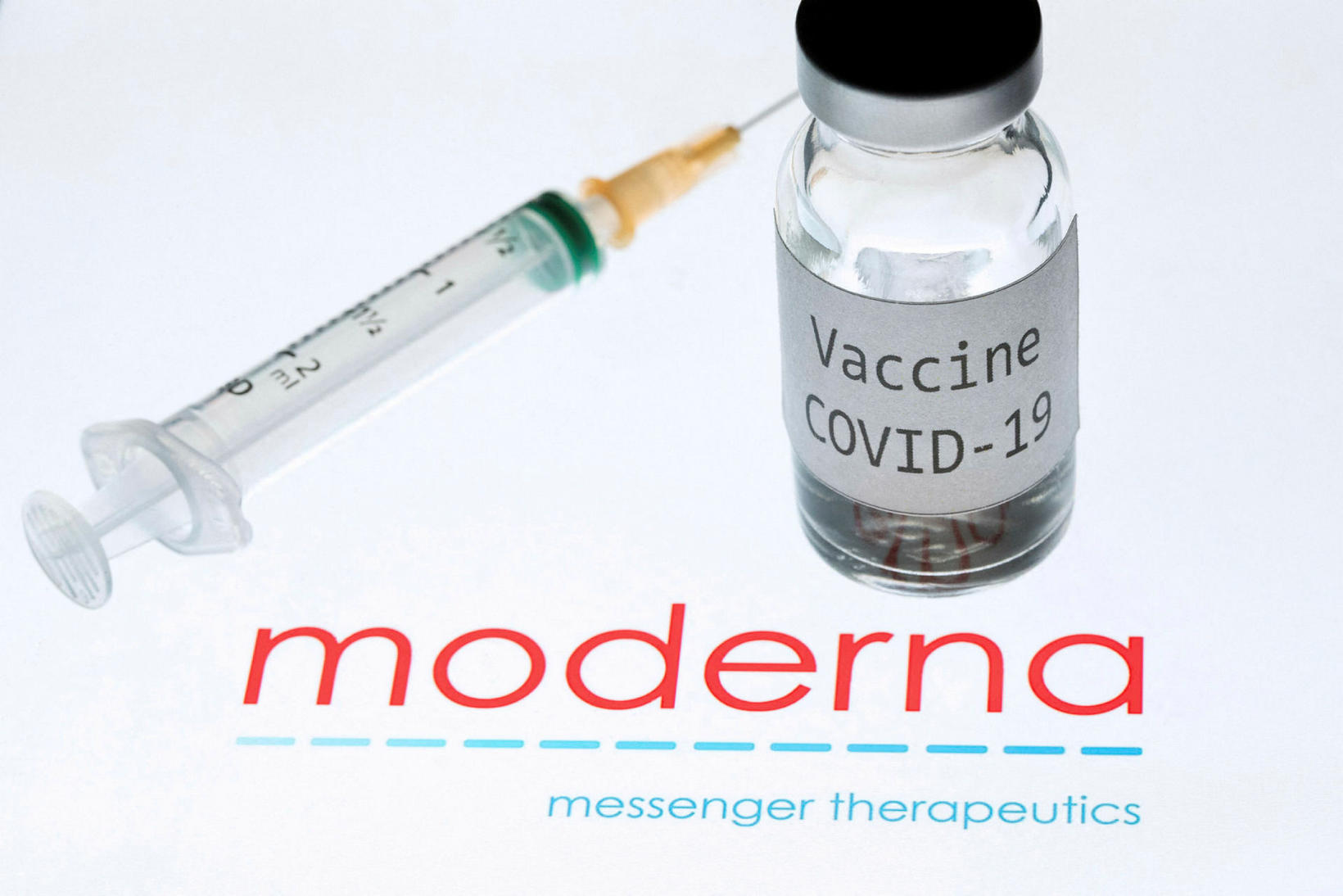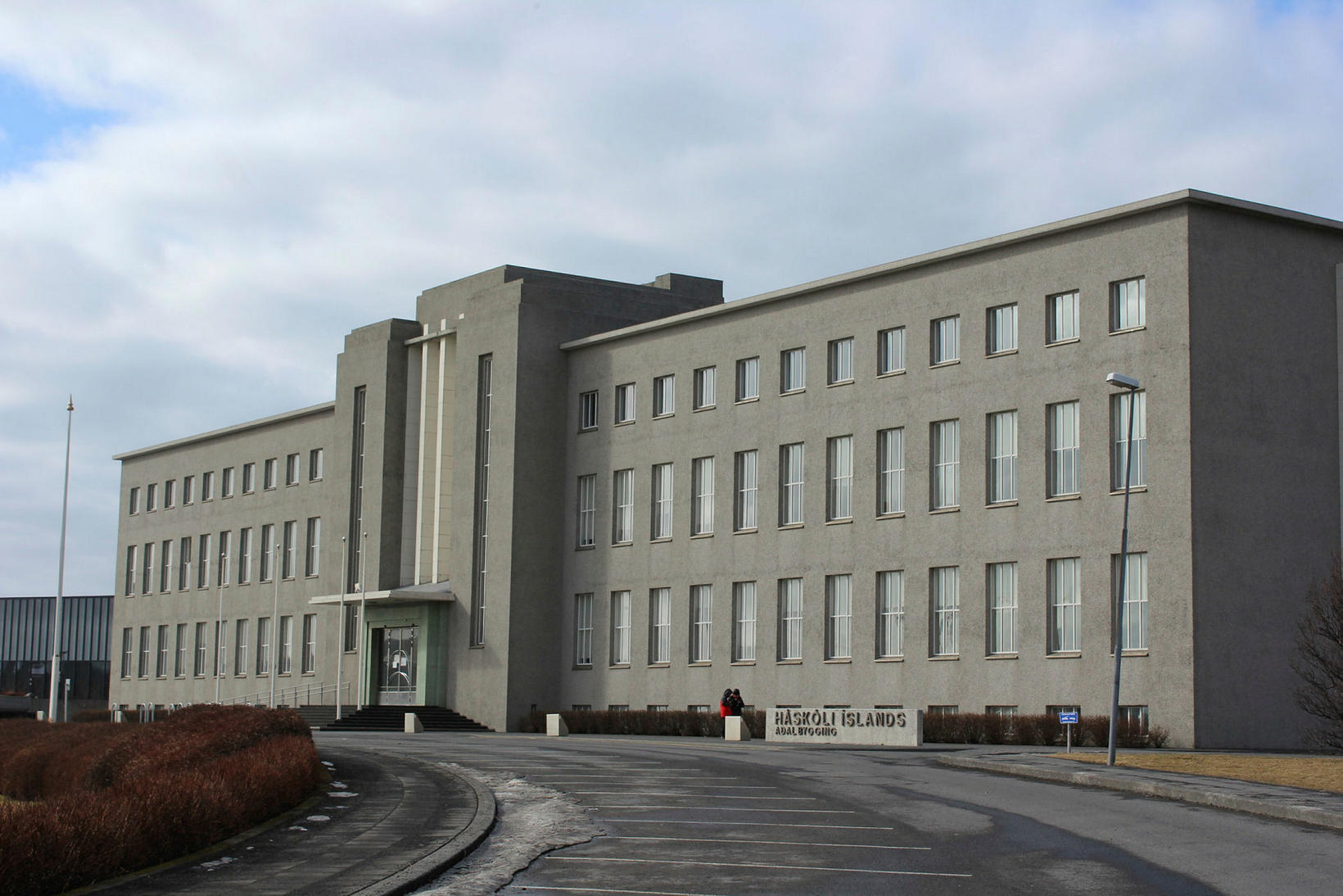Want to give back to the community
The couple Brynja Einarsdóttir and Örn Almarsson have created the grant fund STAFN, which will be administered by the University of Iceland grant funds. The fund’s initial funding is ISK 50 million and it will support outstanding students in pursuing studies in science, health sciences, engineering, and computer science, including artificial intelligence and bioinformatics.
The couple lives in Boston for most of the year and a reporter met them in their second home in Hafnarfjörður.
Moved to the US as newlyweds
In 2022, the couple started Axelyf drug development company with the entrepreneur John Lucas, who lives in the UK. Almarsson was a researcher at the Massachusetts Institute of Technology, MIT, and later, among other things, an expert at the drug giants Merck and Moderna. Einarsdóttir had just graduated as a practical nurse in Iceland when they decided to move to the US. They had their first child in 1991, and Einarsdóttir was a homemaker with three children . When the youngest child started kindergarten, she went back to school and got her Esthetician licence. and worked in that profession for a several years. When she started having more time for herself, she started to pursue art and creative work. She designed the logo of Axelyf and was a big part of the choice of their company’s name, Axelyf, which is named after the eldest grandchild.
Benefited from grants
Almarsson says that the fund will support students in health, biotechnology, and drug development. The fund has a capital budget of 50 million and it is plausible to expand it later.
But where does the idea come from?
“This idea had been brewing for several years. We benefited from funding when I was studying, including at home, from grant funds that people had set up, and then NATO grants and other such grants. At this point, we wanted to have the opportunity to sit on the other side of the table and provide funding.
People often wait until they reach old age to start such a fund, when they don’t foresee the need to keep the funds and think it’s better to spend them on good causes. We were lucky, however, because Moderna’s success has helped us reach the stage earlier to be able to take some of our assets and put them into this fund. We thought it was time and we look forward to being able to keep track of the fund for many years instead of doing this late in life.”
What grants did you receive during that time?
“I went to America in 1989 to study bio-organic chemistry. Then I got a grant from the NATO science foundation and a few smaller foreign grants. Then we also got a big grant from the Jón Þórarinsson grant fund at the beginning of the 1990s,” says Almarsson and Einarsdóttir continues:
“It was after we decided it would be a good idea to give back to the community. Because the grant came at a good time. We had almost nothing in our bank account. We didn’t know how we would pay the bills for the next few months.
Lived in Santa Barbara
We lived in Santa Barbara, California. We had a small child and I couldn’t work, I didn’t have a work permit,” she says.
So every penny mattered?
“Absolutely. And then this grant came from Jón Þórarinsson’s scholarship fund. We sat down and were so moved by this award, and we knew that if we had the opportunity to help others in our situation later, we would do so. The grant was so important to us. And throughout the years we have always talked about this event. It was about a year ago that we made this decision.”
Worked at Moderna
Were you, Almarsson, a shareholder in Moderna as an employee at the company?
“Yes. When I started working at Moderna in 2013, it was not a well-known company. When the coronavirus pandemic started in early 2020, the company was able to deploy a technology that we had worked extremely hard to develop. It came onto the market much faster than anticipated because it had to use the technology in an emergency.”
What was your holding in Moderna?
“We had valuable shares in the company and we were able to profit from their sale. That was enough for me to decide to retire a year ago and I’ve been developing this company [Axelyf] ever since.”
“And worked harder than ever before,” says Einarsdóttir, smiling.
“Yes, I’m working hard, but this is our passion,” says Almarsson. “Now we have the flexibility in our lives and we don’t have to worry about whether we can go into such a project. Earlier, on the other hand, we were thinking about how we could afford the rent.”
The committee decides on the selection
Will you choose the students in your group that you will support?
“No. The arrangement will be that the money will go to the sponsorship committee, which is represented by the former Minister of Business, Gylfi Magnússon. The group is responsible for managing the money and does the same for many funds at the university. Then a three-person committee is responsible for selecting the recipients. The group is made up of students from the university. They are Steinn Guðmundsson from the engineering department, Eiríkur Steingrímsson from the medicine department, and Margrét Helga Ögmundsdóttir from the health sciences department. So we don’t directly affect the selection,” says Almarsson. “But we will probably have input near the end of selection process,” says Einarsdóttir.
How many people do you plan to support each year?
“Two individuals. That’s the goal,” Almarsson says.
What amount are you thinking about?
“We’re talking about one to two million ISK per award,” Almarsson says.
Larger and more international
How has the university community in Iceland changed since you were here as a student?
“It’s become much bigger and more international. In terms of chemistry, you can now get a doctorate at home, but it wasn’t possible when I was studying in the 1980s. It wasn’t even possible to get a master’s degree in chemistry. So at the time, I did a fourth-year project after my B.Sc. that was the equivalent of a master’s degree, but I didn’t get a degree for the work. However, it gave me a good experience and a lot of good things came out of it, and I met my good mentor, Professor Guðmundur Haraldsson, who has just retired. Then I took that experience with me abroad. It doesn’t matter that I didn’t have a master’s degree, but I think it’s important for Iceland to be able to have this kind of further education in these subjects because it helps.”
How skilled are the students at home in your opinion?
“I always feel that the skills and training in Iceland have been good. When I was studying in California, we were three Icelanders from the same department at the University of Iceland. I had Auðunn Lúðvíksson and Helgi Aðalsteinsson with me at that time. When Helgi came to the same research group I was in, our professor, the late Tom Bruice, asked if we could get more like him, because he was happy with us both. Not many people go through this line of study in Iceland, but those who go through it usually have a very good foundation. I am very grateful for the teaching and guidance I received at the University of Iceland at the time,” Almarsson concludes.
Translation: Dóra Ósk Halldórsdóttir doraosk@mbl.is







/frimg/1/57/71/1577111.jpg)



